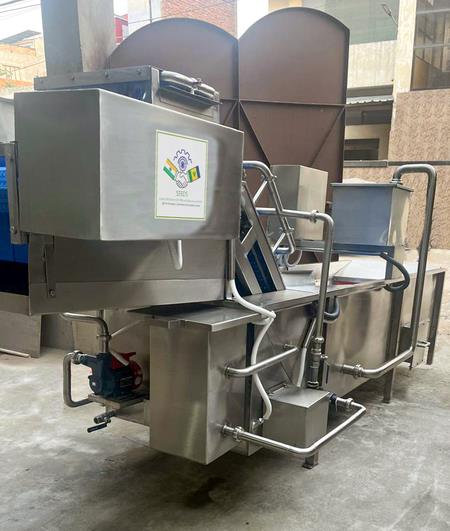GST Reforms To Encourage Virtuous Cycle Of Economic Growth For Food Processing Sector
The simplified tax structure brings uniformity across food items with reduced number of tax slabs. A stable tax environment will help businesses plan long-term investments, encourage compliance, and drive economic growth.
The consumers will witness overall reduced food prices, making staples more affordable. This, in turn, stimulates consumer demands, FMCG and packaged food businesses are expected to see an uptick in sales.
Additionally, the simplification aids businesses by reducing compliance costs and lowering litigation risk, said the Ministry of Food Processing Industries.
The new structure helps correct inverted duty cases -- when inputs were taxed higher than finished products. This provides immediate relief for strengthening the value chains in the food sector, improving liquidity especially for MSMEs, reduce working capital blockage and promote domestic value addition.
The new structure eliminates classification disputes arising from varying tax rates for similar products. For example, packaged vs. loose paneer or parathas previously had different rates, but now follow a clearer structure and greatly reduces classification disputes.
Besides rate cuts, the Council approved procedural reforms through streamlined registration and return filing, provisional refund mechanisms especially for inverted duty claims and implementation of GSTAT (Goods and Services Tax Appellate Tribunal) to expedite appeal resolution and reduce litigation.
“Overall, the manufacturing sector is set for a boost. The lower GST rates on consumer goods and the resultant lower prices could potentially set off a virtuous cycle of increased demand and growth for the industry,” said the ministry.
GST rate cuts will result in lower retail prices, which in turn will increase demand for manufactured products including processed food products.
With increased demand and positive business, sentiment and reduction in compliance, burden, investments are expected to rise. With increased demand, expected rise in investment and formalisation of industry, more employments opportunities are expected to be generated in the sector and economy as whole.
The incomes and remunerations of the farmers and food processors are expected to rise by way of increase in consumption and investment in the economy, increasing the food-processing infrastructure, level of processing and value addition and reduction in post-harvest losses, said the ministry.

Legal Disclaimer:
MENAFN provides the
information “as is” without warranty of any kind. We do not accept
any responsibility or liability for the accuracy, content, images,
videos, licenses, completeness, legality, or reliability of the information
contained in this article. If you have any complaints or copyright
issues related to this article, kindly contact the provider above.
Most popular stories
Market Research

- United States Lubricants Market Growth Opportunities & Share Dynamics 20252033
- Daytrading Publishes New Study On The Dangers Of AI Tools Used By Traders
- Newcastle United Announce Multi-Year Partnership With Bydfi
- Ecosync & Carboncore Launch Full Stages Refi Infrastructure Linking Carbon Credits With Web3
- Utila Triples Valuation In Six Months As Stablecoin Infrastructure Demand Triggers $22M Extension Round
- From Zero To Crypto Hero In 25 Minutes: Changelly Introduces A Free Gamified Crash Course



















Comments
No comment